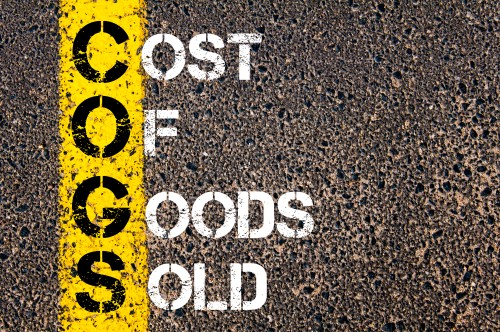Profit and Loss – Determining Cost of Goods Sold

One of the most challenging tasks in accounting for retail business is to determine the cost of goods sold or the cost of the products sold. In simple retail setting, the cost to purchase the products for sale is usually the cost of the product sold. Of course, you should not include the purchase tax when buying the product as cost of your product. You should be costing your product net of the tax imposed by your supplier as you will be claiming input tax for these goods applied against your sales tax. Even if the inclusion of the tax in your products’ costs is unintentional error, this result to inaccurate product cost. Failure to recognize the input tax will result to erroneous higher cost of your inventory and product and, well, if you have recorded higher product costs, you might end up adjusting your products’ selling price and most often, will result to uncompetitive pricing in the tight-raced market. Then, you add the fact that you have erroneously overstated your cost resulting to higher cost and lower recognized gross profit from products sold. Imagine the financial misinformation that surely result to misinformed judgment that affect market competitiveness by just a blink-of-the-eye error. This plain error is more commonly found for businesses using manual system and could also happen to those using software system if you are not able to set default tax codes for supplier purchases as well as standard item cost.
If you further package the products or further process these to be able to put these items on sale, and you incur further costs for another products or services, then you have to recognize these costs as part of the cost of the products because these are direct product costs. In MYOB, as long as you have setup the items and costs related to building a new product, you can do so by using the Auto-Build feature. Of course, you have to first set up the inventory items that are going to be used to be able to do this.
If you are importing your products from other countries, cost of goods for these products includes the purchase cost from your import supplier, payment for freight, transportation expenses, import duties and related processing fee from your local logistics company. Of course, you don’t include the corresponding tax imposed on the services because this is again claimed as input tax against your sales tax. Most often, these import-related cost are allocated to the total products imported to be able to arrive at the unit product cost of the items.
There are other expenses that are directly related to selling the products but cannot be considered as product cost. These include marketing and advertising expenses which are classified as operating or selling and marketing expenses in the profit and loss reports. Of course, we take into consideration that there are products call for unique costing process and require another treatment to compute for product costs.